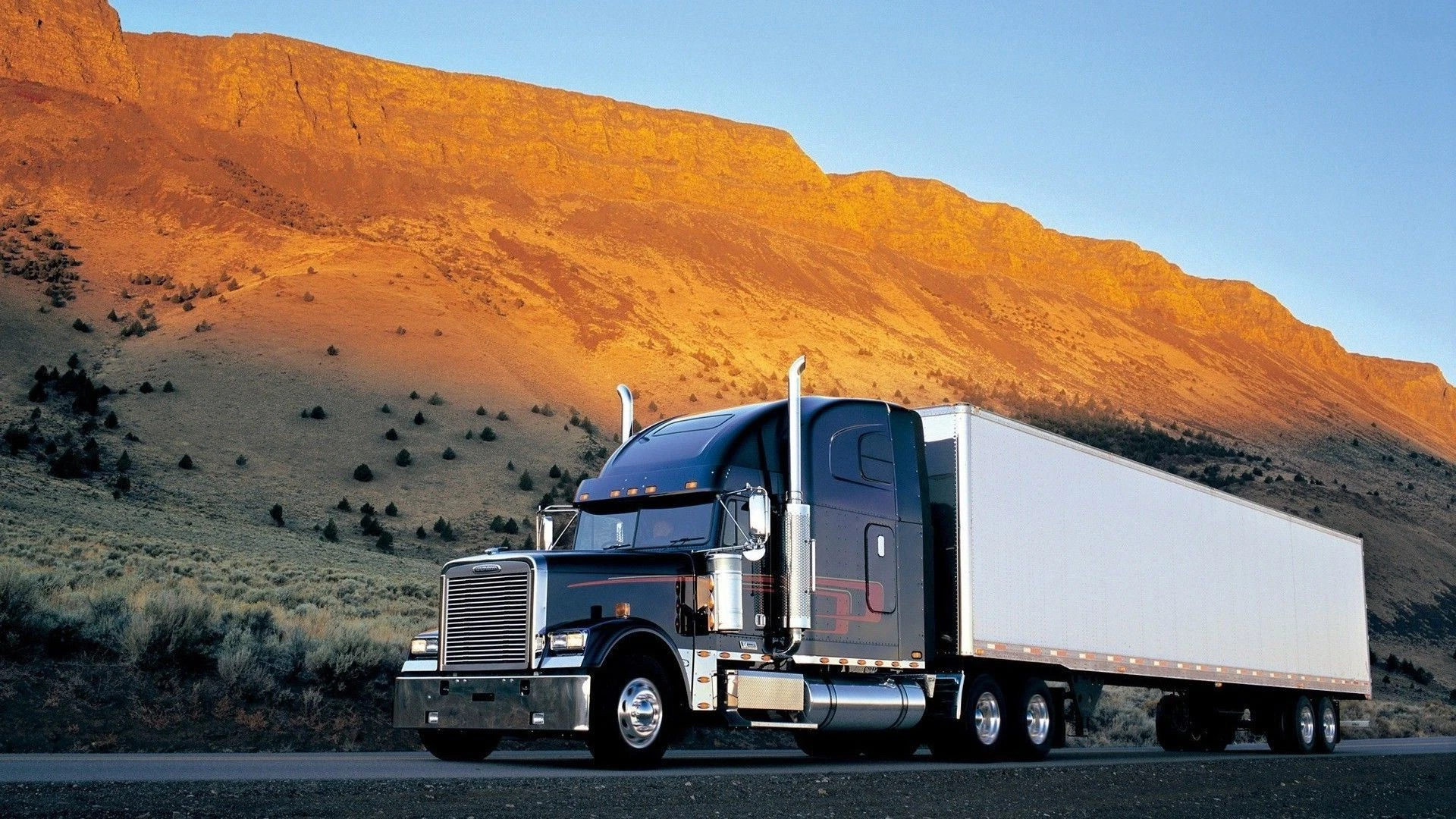Application Form
Please fill out the form below, so we can contact you as soon as possible!

The trucking industry is rooted in every state of the US, guaranteeing a steady flow of goods and produce. However, not all states can be considered safe havens for starting and running a trucking business. Factors like taxes, regulations, infrastructure, and economic opportunities vary significantly, making some states highly favorable while others present considerable challenges. Understanding these differences is crucial for trucking companies looking to maximize profitability and efficiency.
Running a trucking business successfully depends on several key factors that differ from state to state. That’s why the first thing you want to do is to learn whether or not the chosen states provide an easier environment for your business.
Regulations greatly influence the environment in which trucking businesses exist. States with strong safety and environmental regulations, like those requiring emissions compliance or weight restrictions, can make running a business much more expensive. States with fewer complex regulations and faster permitting procedures, on the other hand, provide a more favorable environment for businesses. For instance, small operators may find it difficult to comply with California’s CARB (California Air Resources Board) regulations, which call for purchasing newer, cleaner vehicles.
Tax laws directly impact businesses’ income. In certain states, high corporate taxes, tolls, and fuel taxes can reduce profit margins. States with lower tax burdens, on the other hand, assist businesses in reducing their overhead expenses. Fuel tax rates, for example, vary greatly between states; Texas and Missouri have comparatively low rates, while California and Pennsylvania have some of the highest taxes. For a fleet that operates across state lines, these variations can add up to a substantial amount.
Efficient transportation requires well-maintained roads and highways, the availability of truck stops, and sufficient parking spaces. States with deteriorating road infrastructure or congestion issues increase fuel consumption and vehicle maintenance costs, making operations more expensive. On the other hand, states that invest in high-quality infrastructure, such as Texas and Florida, reduce wear and tear on trucks and enable faster deliveries, boosting efficiency.
The economic landscape of a state influences freight availability and rates. States with a robust industrial or agricultural base often generate consistent demand for trucking services, creating opportunities for operators. Conversely, states with weak economies or declining industries may offer fewer loads and lower freight rates, challenging businesses to maintain profitability.
Weather and geography also impact trucking operations. States prone to harsh winters, like Minnesota or New York, require additional investments in maintenance and winter-specific equipment. Similarly, states in hurricane-prone areas, like Louisiana or Florida, may face periodic disruptions, increasing operational risks.
Some states offer a combination of favorable policies, infrastructure, and economic conditions, creating an ideal environment for trucking businesses.
Texas stands out as one of the most trucking-friendly states in the country. Its expansive network of highways and interstates, such as I-10 and I-35, ensures smooth freight movement across the state and beyond. Texas is also a critical hub for cross-border shipping with Mexico, giving it a strategic advantage for international freight. Additionally, the absence of state income tax and relatively low fuel taxes provide cost savings for trucking companies.
Florida’s economic growth, driven by its expanding ports and booming tourism industry, creates ample freight opportunities. The state’s well-maintained highways and low regulatory hurdles make it a great location for trucking businesses. Additionally, Florida’s lack of a state income tax is an attractive incentive for companies and drivers.
Tennessee’s central location and proximity to major markets make it a natural transportation hub. Major distribution centers, including those of Amazon and FedEx, rely on Tennessee’s infrastructure, creating high freight demand. The state also offers moderate tax rates and business-friendly regulations, enabling trucking companies to operate with minimal overhead.
Ohio benefits from its location in the Midwest, where manufacturing and agriculture dominate. The state’s freight corridors connect to key markets, including Chicago, New York, and Detroit. Ohio’s fuel taxes are lower than those in neighboring states, and its roads are generally well-maintained, making it cost-effective for trucking businesses.
In contrast, certain states impose significant obstacles for trucking businesses through high costs, strict regulations, or poor infrastructure.
California’s trucking environment is difficult due to stringent emissions regulations, high fuel taxes, and frequent congestion in urban centers like Los Angeles and San Francisco. The state’s commitment to environmental sustainability, while commendable, places a heavy financial burden on trucking businesses, especially smaller operators.
Operating in New York involves navigating high toll costs, dense urban traffic, and limited parking availability. For trucking businesses serving New York City, additional challenges include delivery restrictions and expensive permits.
Illinois is a vital freight hub, but its high toll rates, fuel taxes, and financial instability make it challenging for trucking companies. The Chicago metropolitan area is a significant source of freight but also brings congestion and delays.
New Jersey’s proximity to major markets is offset by its high toll rates, limited freight space, and dense traffic. These factors, combined with strict state-level regulations, create a challenging operating environment.
The trucking industry is a vital part of the U.S. economy, but the environment for trucking businesses varies widely across states. While Texas, Florida, Tennessee, and Ohio offer a business-friendly atmosphere with low costs and high freight demand, states like California, New York, Illinois, and New Jersey pose significant challenges. By understanding these differences and adopting strategies to overcome obstacles, trucking companies can thrive in any state.
Application Form
Please fill out the form below, so we can contact you as soon as possible!